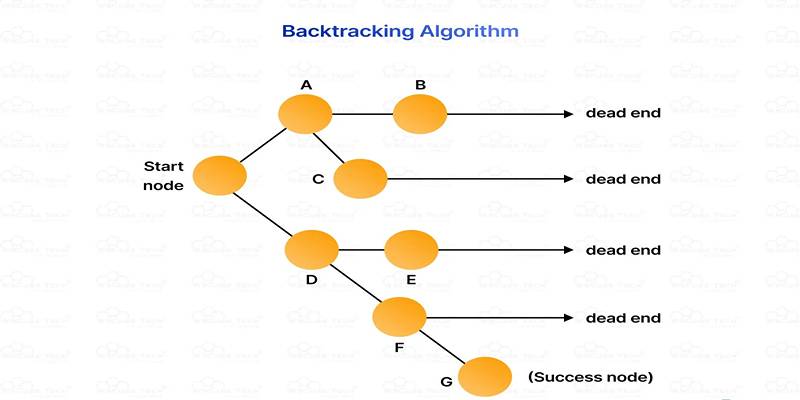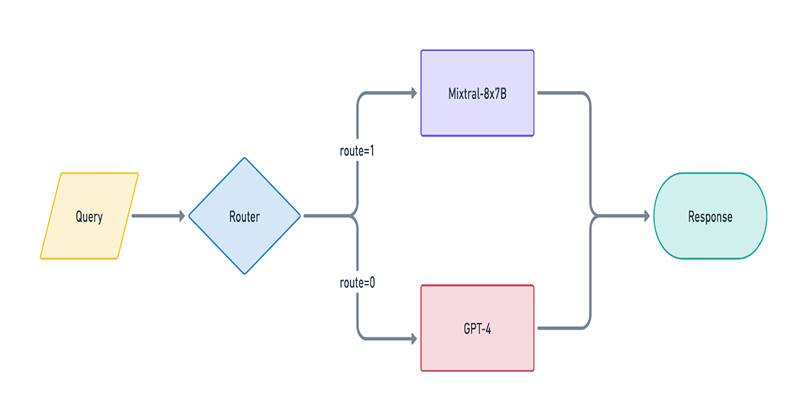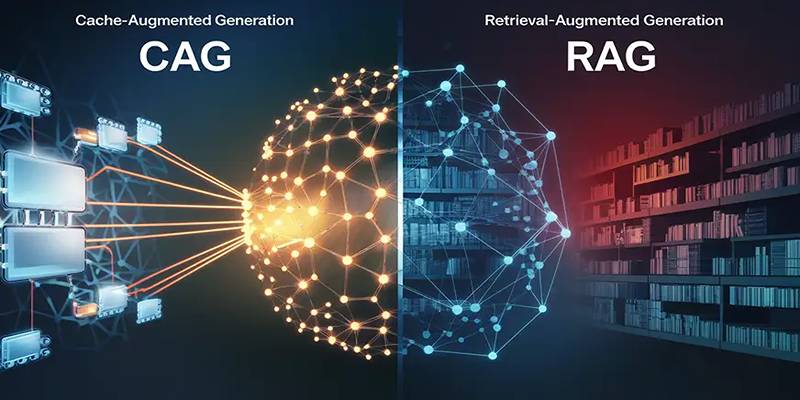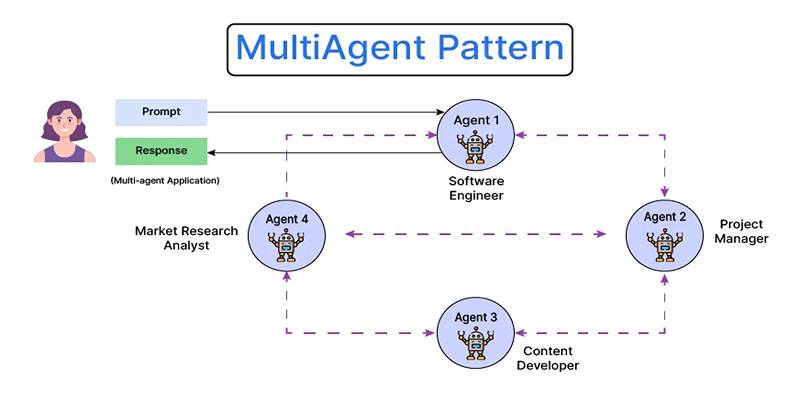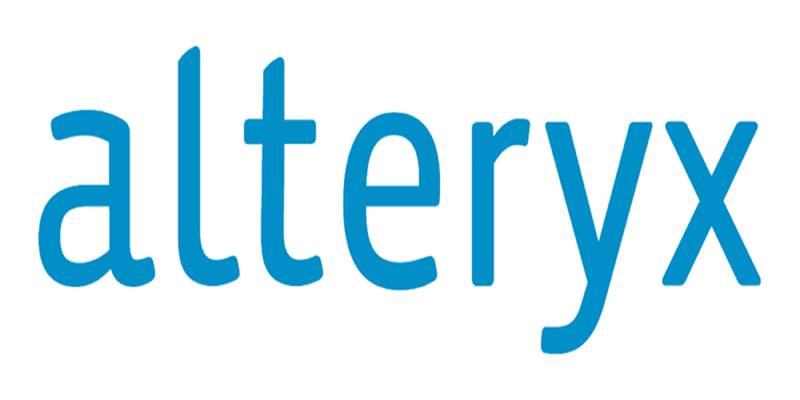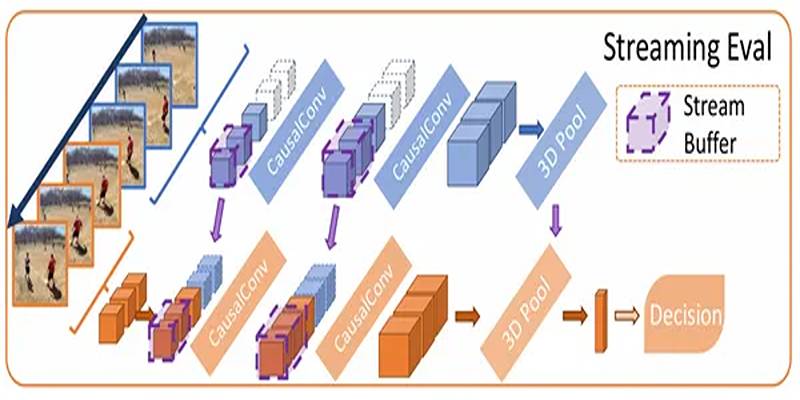Task automation involves using technological systems to conduct basic repetitive work activities that require minimal human intervention. In today's workplaces, this method has gained heightened importance for businesses because it strengthens efficiency and productivity while minimising operational expenses. This article explains task automation from different perspectives, including advantage analysis, examples of automation capacities, and successful implementation strategies.
The Importance of Task Automation
 The current high-speed business climate forces organisations to achieve operational enhancements through cost reduction measures. Working individuals dedicate most of their work time to doing monotonous operations that contribute no strategic worth. Businesses lose 4.5 hours weekly on activities that virtual teams could automate based on information from Precedence Research in 2024. Inefficient task completion creates two connected problems, which decrease both productivity and employee workplace happiness.
The current high-speed business climate forces organisations to achieve operational enhancements through cost reduction measures. Working individuals dedicate most of their work time to doing monotonous operations that contribute no strategic worth. Businesses lose 4.5 hours weekly on activities that virtual teams could automate based on information from Precedence Research in 2024. Inefficient task completion creates two connected problems, which decrease both productivity and employee workplace happiness.
Technology through task automation provides a practical solution that takes over regular work procedures. Task automation systems permit teams to allocate their attention toward strategic work that needs both inventive thinking and problem-solving abilities.
What Is Task Automation?
Such technology includes both software tools and AI systems that perform tasks with no human interaction. The system uses predefined workflows in which particular triggers activate pre-defined actions without human intervention. For example:
- An automated network sends welcome messages to new service subscribers through electronic communication.
- The payroll system determines employee pay through its capability to process wages from recorded workplace attendance.
- Task automation reduces dependence on human labor to achieve higher accuracy levels and operation speed-up.
Benefits of Task Automation
Organisations gain multiple advantages from task automation processes, which lead to higher performance at both the workplace and individual levels.
1. Enhanced Efficiency
The speed of workflow operations increases through automatic systems when they perform tasks at quicker rates than human capabilities. For example:
- Processing payments through automated invoicing systems is faster than traditional manual invoice systems.
- Generic marketing platforms allow users to set up simultaneous social media posting across various platforms.
2. Reduced Errors
Systems which perform repetitive work like data entry or report generation production tend to have errors caused by human operators. The use of automatic systems produces consistent and accurate work because they maintain standardised operational rules.
3. Cost Savings
Automation of labour-heavy operations allows businesses to achieve major cost reductions in their operational budgets. Precedence Research established that RPA produces financial returns at levels between 30% to 200%, according to their findings.
4. Increased Productivity
The elimination of monotonous work allows staff members to allocate their time toward critical tasks such as corporate strategy creation or client business interactions.
5. Scalability
Through automation, organizations successfully handle additional workloads without needing equal expansions of staff or resources.
6. Improved Employee Satisfaction
The elimination of repetitive work tasks enhances employee' spirits to dedicate their time to meaningful projects that match their abilities and passions.
Types of Tasks That Can Be Automated
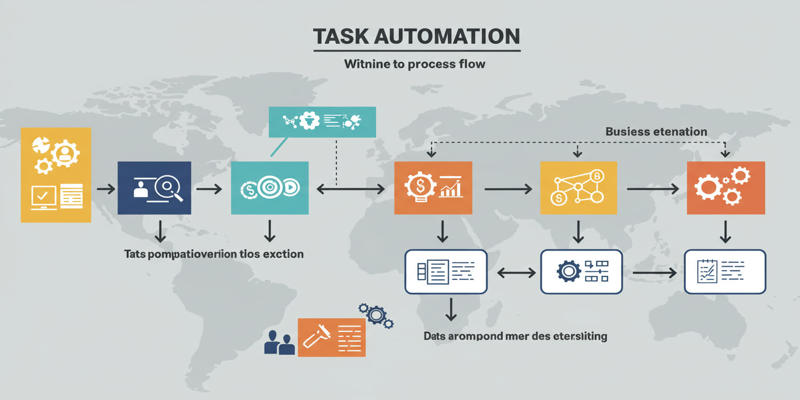 Repetitive tasks requiring strict rules but lacking innovation and mental analysis make the best candidates for automated systems. Common examples include:
Repetitive tasks requiring strict rules but lacking innovation and mental analysis make the best candidates for automated systems. Common examples include:
1. Data Entry
Programmed systems use automation to transfer data from various sources into both spreadsheets and databases without mistakes.
2. Invoice and Payroll Processing
A set of automated tools within finance enables employees to create salaries automatically and handle invoicing alongside payment tracking without manual intervention.
3. Reporting
All data from different sources gets processed via automated reporting tools to create complete dashboards for investigation purposes.
4. Social Media Scheduling
The scheduling of posts for multiple channels through marketing platforms happens automatically on Buffer, along with Hootsuite.
5. Email Campaigns
Users who participate in newsletter signups receive personalized email sequences through automation software activation.
Assessing workflow tasks enables organizations to enhance the advantages of automation but also protects against workflow interruptions.
How Task Automation Works
- The implementation of task automation functions through software tools depends on detailed rules and predefined triggers that users set up within each system.
- Workflow activation starts after an event triggers it (when users receive emails or update fields within databases).
- During task execution, the system carries out all designated duties, including sending response emails as well as report generation.
- The automated system finishes all processes by itself without needing any human involvement.
Implementing Task Automation in Organizations
Businesses need to follow this procedure for effective automation implementation:
1. Identify Tasks Suitable for Automation
Repetitive processes within workflows need to be identified so organisations can determine time-consuming yet unimportant tasks.
2. Choose the Right Tools
Your business should select software programs which match sector requirements because an RPA tool brings benefits to finance operations while AI-powered chatbots support customer service activities.
3. Set Clear Goals
Establish your targets from automation since you want to either lower costs and expenses, build better accuracy, or make operations bigger.
4. Train Employees
The organisation should deliver training programmes that teach employees about automated systems ' functions plus their operational relationships in the team structure.
5. Monitor Performance
Test automated workflows through performance metrics that measure time efficiency together with error prevention achievements.
Challenges in Task Automation
Task automation systems create difficulties for organizations, which they need to manage.
- The establishment of automated systems calls for outlays to purchase software programs as well as infrastructure elements.
- The integration of new tools creates compatibility problems that occur when merging these systems with existing infrastructure.
- Employee reluctance to accept change exists because technological advancements lead to potential employment losses.
- Robust encryption protocols need installation in automated systems that process sensitive data.
- Businesses should take preventive measures to deal with implementation obstacles, which leads to improved ROI from automation investments.
Conclusion
Modern businesses are achieving operational excellence through automated workflow systems that enhance both productivity and error reduction in healthcare as well as e-commerce sectors. Due to developing technologies, including RPA and AI, organizations will gain efficiency on a large scale since more processes become automatable. Businesses that want to thrive must adopt task automation because it is now necessary to drive innovative practices while using their resources optimally. Task automation knowledge and finding benefits will help your organization excel in digital operations.
